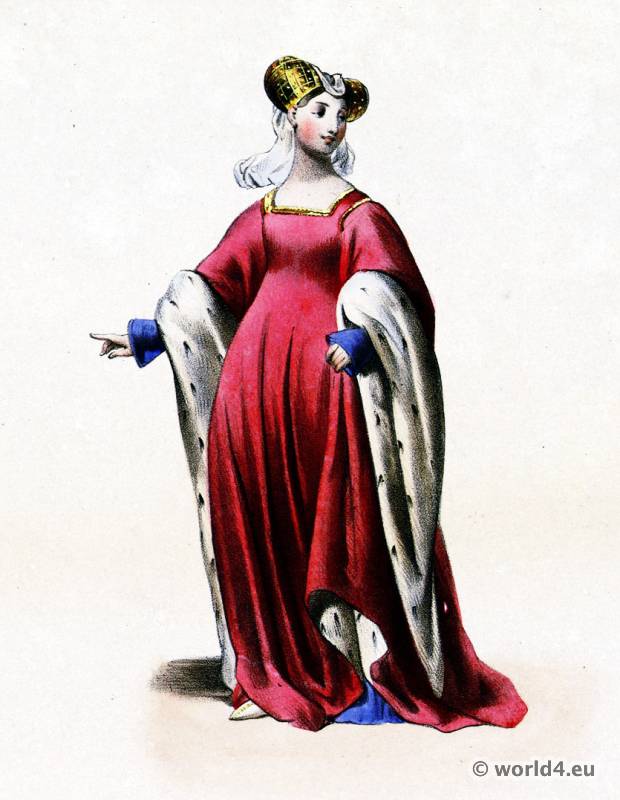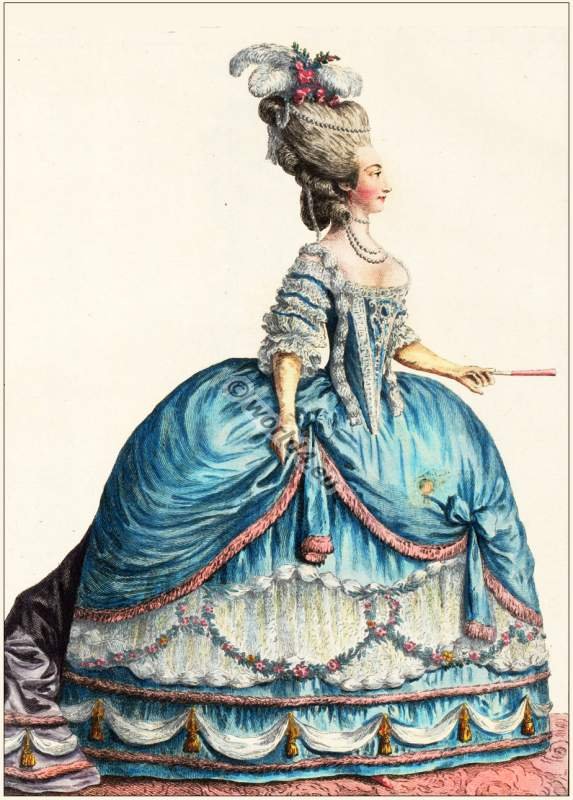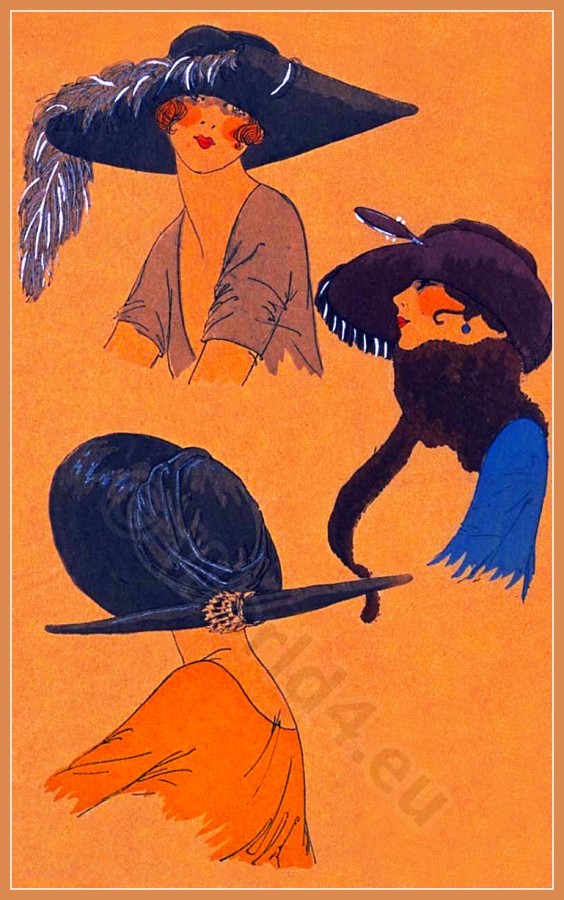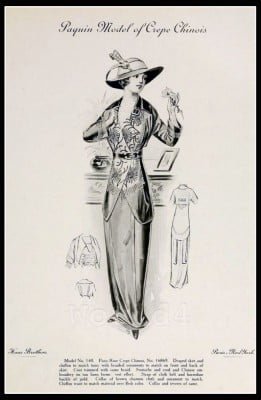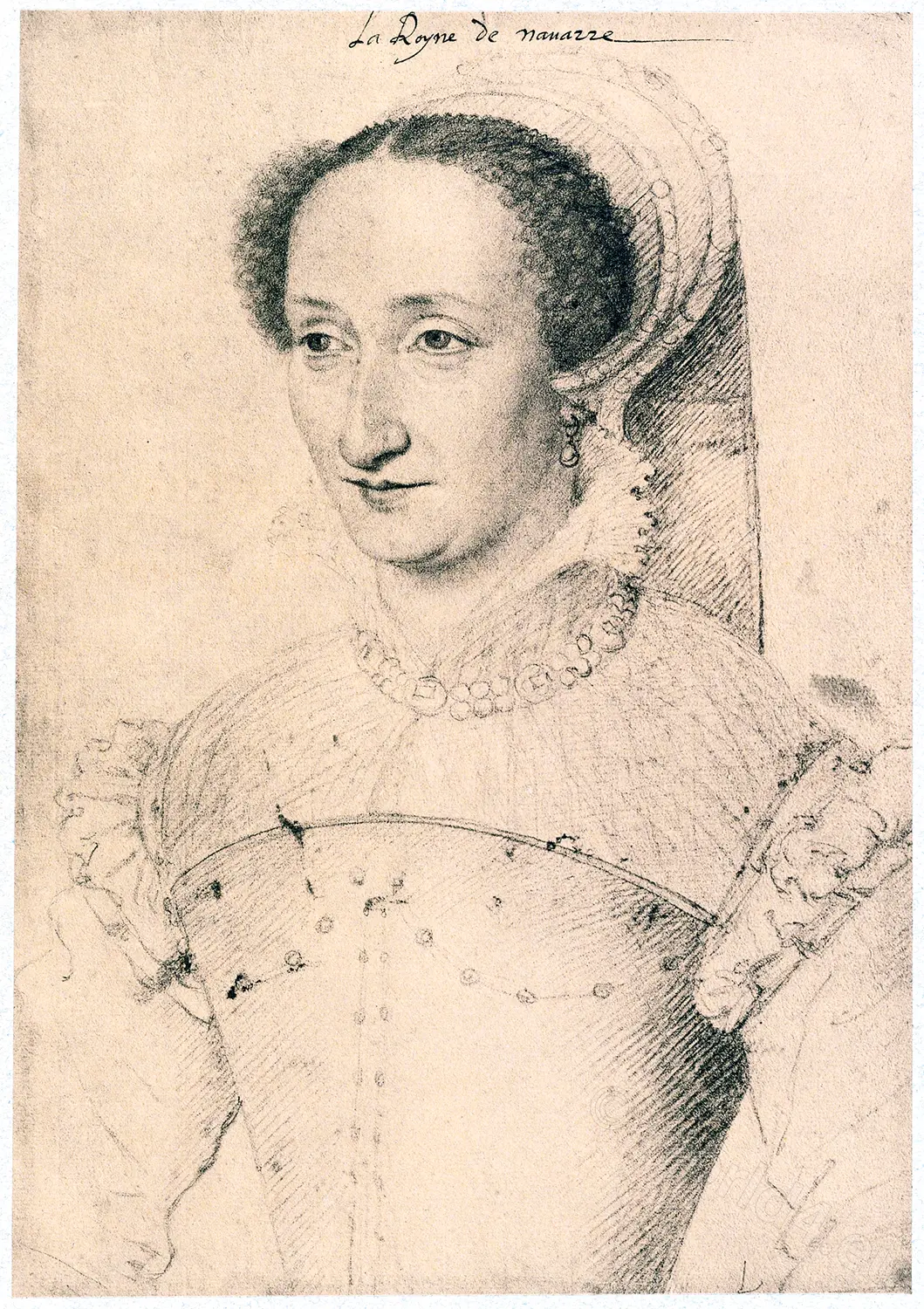Marie Jeanne, comtesse du Barry (Marie Jeanne Bécu) 1743-1793.
THE REAL RULER OF FRANCE UNDER LOUIS XV
Jeanne Vaubernier, later the Countess Du Barry, is perhaps the most noted courtesan in history. When, in 1769, she was first introduced to King Louis XV he was a man of almost sixty, old in vice and self-indulgence. He had been ruled by many previous mistresses, but by none so completely as he was to be by this one. Jeanne held him by her wit and her coarse jests as well as by her beauty.
When Louis XV died of smallpox in 1774, his mistress was promptly dismissed from court. Some friends, however, still clung to her, and she lived in comfort and even comparative wealth until the French Revolution, a quarter century later. Then she was accused of treason, chiefly on the ground that she tried to sell her splendid jewels, the former gifts of the King. These were now declared to have been the property of the State, and she was condemned and guillotined in the same year with the King and Queen who had driven her from their court.
The Dubarry birth certificate
The Dubarry birth certificate was first published by E. and J. de Goncourt in 1859: “Jeanne, fille naturelle d’Anne Bequs dite Quantiny, est nee le 19. août de l’an 1734, et a été babtise le même jour; elle a eu pour parain Joseph Desmange et pour maraine Jeanne Birabin, qui ont signé avec moi. L. Galon, Vicaire de Vaucouleurs. Jenanne Birabin. Joseph Demange. (E. and J. de Goncourt, La Du Barry, p. 6.).
Memoires sécrets
The numerous 18th century literature on the Dubarry copies and paraphrases the ‘Anecdotes sur Mme la comtesse Du Barri’ published in 1775 à Londres (Paris), which in turn make ample use of the Memoires sécrets.
The Memoires authentiques . . . par le chevalier Fr. N. Londres 1772 are a little novel without the slightest relation to the Du Barry. The same is to be said of the Plaisirs de la ville et de la cour, cu Refutation etc Londres 1778.
The historically valuable literature on Mme does not begin until 1858 with J. R. Le Roy’s pamphlet ,Madame du Barry 1768 to 1793′. The most comprehensive historical account according to the archives was given in 1865 by Vatel in his three-volume biography.
The letters given in our text are verbatim copies of a simultaneous German translation of the Lettres de madame la comtesse du Barry avec Celles des princes, seigneurs, ministres et autres qui lui ont écrit et qu’on a pu recuellir, Londres 1779. The letters, which are of course apocryphal, are not historically useful, but a document of moral history like the other pamphlets given here.
Biography of comtesse du Barry
Marie-Jeanne Bécu came from a poor family. She was the illegitimate daughter of a seamstress Anne Bécu and the Franciscan Jean Baptiste Casimir Gomard de Vaubernier. Under the name of Mademoiselle Lange, she worked in the establishment of Madame Gourdan.
There she noticed to Count Jean-Baptiste du Barry on. By marrying his brother Guillaume du Barry they tried to hide their origins. This was planned by Count Jean-Baptiste du Barry, who intended to convey the 18-year-old as the aging king’s mistress, to increase its own influence in the court.
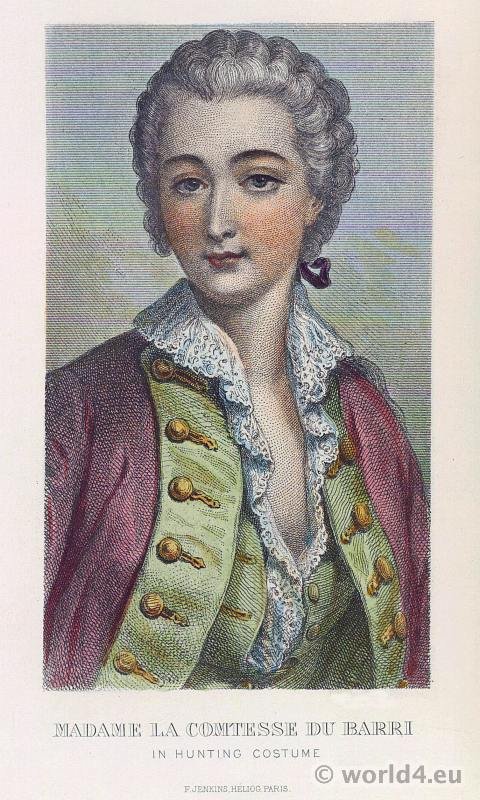


The influence of Madame du Barry
The influence of Madame du Barry at the court of France was limited more or less to personal intrigue. On his deathbed, the king ordered in 1774 to ban them in a monastery, although Madame du Barry had until recently kept him sacrificing.
The Countess was brought to the Abbey Pont-aux-Dames in Couilly, where she lived more than a year before she was allowed to move in October 1775 in her home in Saint-Vrain (Essonne). 1776, they returned to royal command again to her palace Louveciennes (Château de Madame du Barry) at Versailles back.

The French Revolution
After the outbreak of the French Revolution her castle was looted in January 1791. Marie-Jeanne du Barry was on 8 December 1793 on the Place de la Révolution executed by the guillotine.
In contrast to Louis XVI. and Marie Antoinette her execution was unusually humiliating. Many artists were inspired by the life of Madame du Barry and immortalized them in her novels, paintings, films and music.
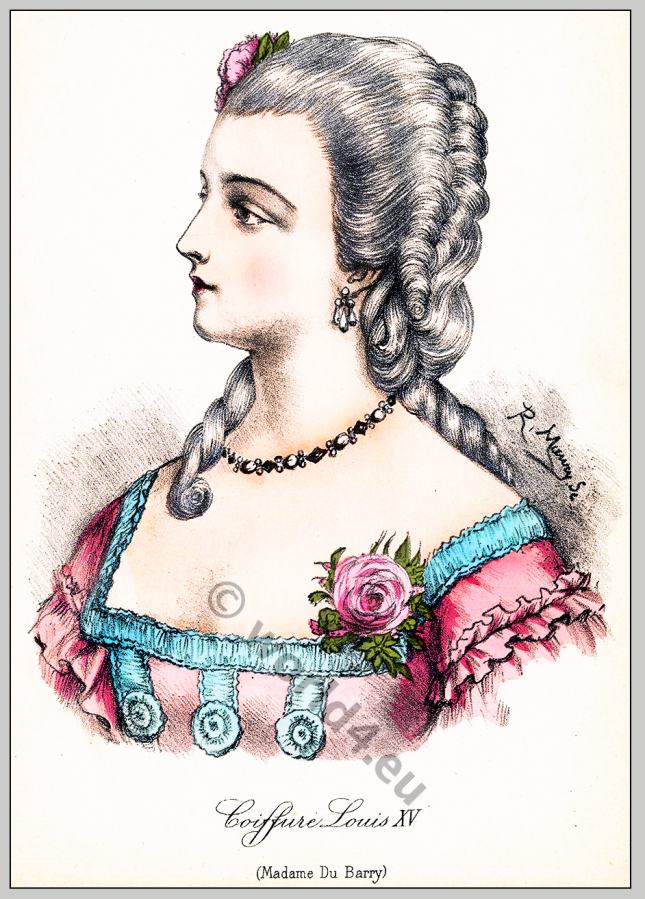
Every one knows madame Du Barry’s history, but every few are acquaunted with her bust sculpted by Pajou. Before executing in marple the bust to be seen in the Louvre, this artist modelled one in terra cota, and exposed it at the Exhibition of the Fine arts, in 1771.
It is this very bust wich we have drwan and engraved. It is one of infinite delicacy, sprightly and pleasant to the eye. At the sight of it, one feels that its likeness is perfect, and is rather tempted to excuse the infatuation of old king Lous XV.
The sculptors of the XVIIIth. century, wanding in real grandness, were not, at least, deficient in intelligence. They promptly perceived how much the clay was ready to give a shape to their wildest fancies; and nearly every one of them has left nice busts nicely execudet. This one of the most remarkable, and one that gives a sufficient explanation of the strange fortune of the lively model.
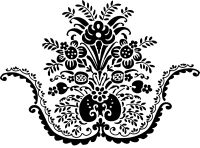
Related
Discover more from World4 Costume Culture History
Subscribe to get the latest posts sent to your email.


